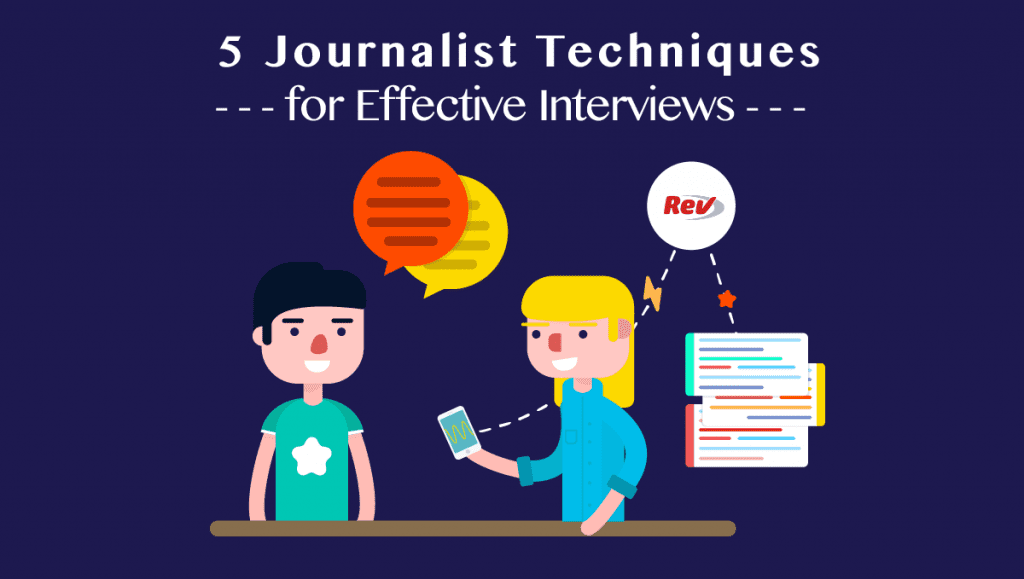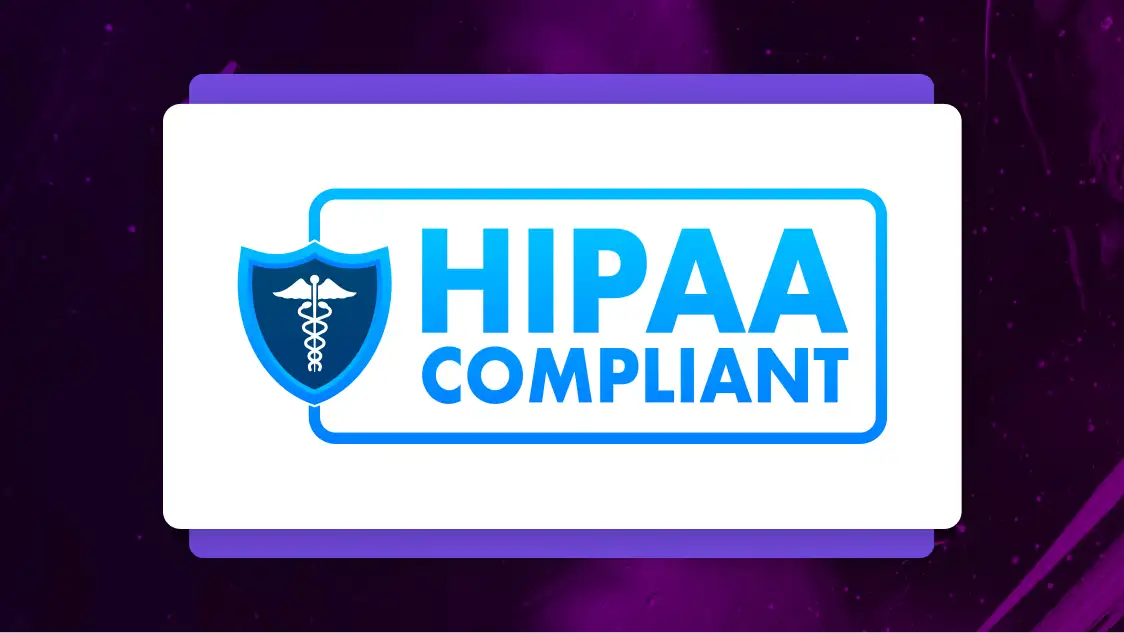5 Essential Interview Techniques & Tips Every Journalist Needs To Know
If interviewing others is part of what you do, consider making these five journalist techniques for effective interviews a part of your process.

When it comes to conducting interviews, everyone has their own set of guidelines depending on their focus, medium, and personal preference. Despite varying techniques from one media professional to the next, five interviewing tips get a nod from almost every journalist we hear from.
If interviewing others is part of what you do, consider making the five suggestions gathered below a part of your process. Your interview subjects and future-self will thank you.
1. Research the person you’re interviewing ahead of time
There’s no shortage of information on Google, but where do you start? If you know the name of your interviewee, take a look at their LinkedIn profile. From there, you can dig into their professional background to look for any additional topics that you want to touch on during the interview. Are you connected by a colleague? Did you attend the same university? Having a pulse on tidbits like this can help to establish a common ground and build rapport with a person you’re meeting for the first time.
If they’ve listed their current company, check out the company website and also visit the about, FAQ page, and blog for good measure. You never know what will spark an idea for a thoughtful interview question. When emailing back and forth with your interview subjects before meeting with them in person, tools like Clearbit come in handy for filling in the blanks about the person on the other end of those emails.
2. Scope out a solid location for the interview
Ideally, interviews would always take place in a quiet space with unlimited coffee, zero background noise, and no unexpected interruptions. But that’s rarely the case.
Rather than obsessing over the perfect location, try to find a spot that’s calm and convenient for both parties. If you avoid one thing, stay away from areas with heavy background noise. Bustling restaurants and busy streets will be a pain to sort through when transcribing your interview later.
For in-person meetings, opt to meet at the other person’s office whenever they offer. Doing so might help you gain valuable context for who that person is. It can also be nice to meet in a neutral location, like a park, library or a local coffee shop. Especially if it’s not a busy hour.
Don’t have the luxury of meeting in person? No problem. Video conferencing platforms like Zoom make it simple to interview another person from a remote location. It even has a trusty built-in recording function. If you decide to video conference, just try to secure a quiet room in your house or book a private conference room at your office where you won’t be interrupted.
3. Write down the questions you plan to ask in advance
An interview starts well before you sit down across the table from the other person. You should always have an idea of what you want to ask before arriving to an interview. Write down 5-10 open-ended questions based on the information you’re looking to uncover and research you’ve done.
You might use Google Docs, Evernote or a good old-fashioned notebook. Just be sure to get your list of questions down somewhere. The list you prepare should help in guiding your conversation, but also be ready to ask follow up questions based on the way your conversation is flowing. Don’t feel obligated to stick to your list of questions 100 percent. You probably won’t.
It’s also good practice to end an interview by asking the interviewee, “Any questions for me? Anything I didn’t ask about that you’d like me to know?”
This often uncovers nuggets of information that wouldn’t have otherwise come up.
4. Use a recording device so you can be fully engaged in the conversation
Opt for recording over furiously taking notes whenever you can. Recording your interviews will not only help you capture more of what the other person is saying, but it will also prompt you to ask better follow up questions. You’ll be less focused on getting an exact quote, and more focused on what the other person has to say.
Interview recording options:
- For in-person interviews:
- Record on your phone using a free recording app with the do not disturb setting enabled.
- Invest in a trusty, old-school portable recorder.
- For remote interviews:
- Interview over the phone using a free call recorder app.
- Make it a Zoom call and take advantage of their free video recording feature.
As a general rule, always ask the interviewee if it’s okay to record, and with their permission set your recorder in a place where it can capture your conversation in full.
5. Transcribe your recording to make sure you don’t miss anything good
When you give yourself time to step away and then revisit your interview, it’s funny how little things stand out that you might not have noticed before. After an interview, review a transcript of your conversation to find the best information and quotes for your project. You might even discover some ideas for follow-up questions or additional stories.
“I can’t wait to get home and transcribe this interview!” — No journalist ever
Transcription is a tedious process, but it’s necessary if you’re serious about getting the most value out of your interviews. Depending on your time and budget constraints, you might decide to transcribe the interview yourself, use an automatic speech to text service, or hire a professional to do it for you (like us).
Takeaway for Journalists
Research, interviews, and transcription are an important part of a journalist’s work. Interviewing others requires some trial and error, and few people share the same exact process. Do you have an interview tip or technique that we didn’t cover? Please share with us on social media!
Heading
Heading 1
Heading 2
Heading 3
Heading 4
Heading 5
Heading 6
Lorem ipsum dolor sit amet, consectetur adipiscing elit, sed do eiusmod tempor incididunt ut labore et dolore magna aliqua. Ut enim ad minim veniam, quis nostrud exercitation ullamco laboris nisi ut aliquip ex ea commodo consequat. Duis aute irure dolor in reprehenderit in voluptate velit esse cillum dolore eu fugiat nulla pariatur.
Block quote
Ordered list
- Item 1
- Item 2
- Item 3
Unordered list
- Item A
- Item B
- Item C
Bold text
Emphasis
Superscript
Subscript

Subscribe to The Rev Blog
Sign up to get Rev content delivered straight to your inbox.




